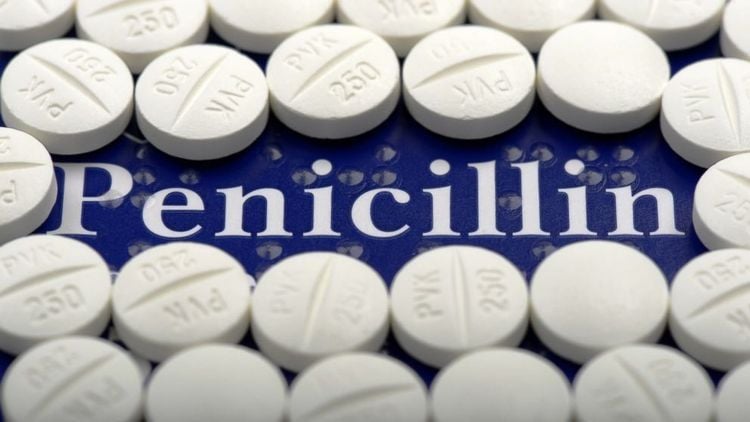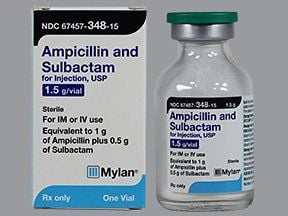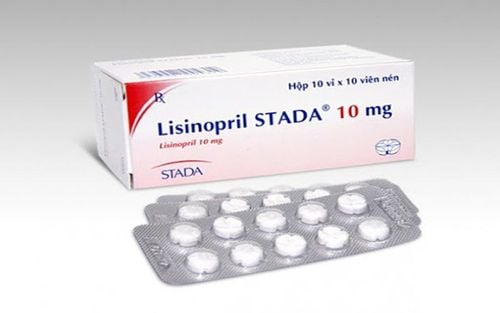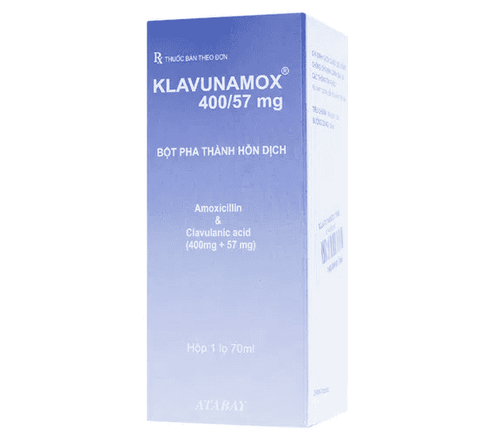This is an automatically translated article.
The penicillin group of antibiotics will indirectly disrupt the cell walls of bacteria by acting on peptidoglycans, blocking the protein that binds the peptidoglycans together, causing the bacteria to close the cell wall and water will flow through the pores. enter the cell and kill the bacteria when the water concentration of the surrounding fluid is greater than that of the bacteria inside.
1. Penicillin is what antibiotic?
Penicillins are a group of antibacterial drugs that can attack and kill many types of bacteria. The discovery and production of the antibiotic penicillin marked a new milestone in medical history, because these were the first antibiotics used in treatment, causing medicine to change and develop. , saving the lives of millions of infected people throughout history.
The fungus Penicillium is the source for penicillin. This antibiotic can be taken orally or by injection. Currently, the antibiotic penicillin is widely used for the treatment of infections and a number of conditions related to the disease caused by infection.
2. How does the antibiotic Penicillin work?
Drugs in the penicillin group of antibiotics work by indirectly and then helping to break down the cell walls of bacteria. The breakdown of bacterial cell walls by acting on peptidoglycans.
Peptidoglycan has an essential structural role in the cell of bacteria, it will create a network structure around the bacterial plasma membrane, from which it will increase the strength of the cell wall as well as prevent translation from outside and particles enter the cell. Tiny holes open in the cell wall of bacteria as cells divide as a bacterium multiplies. Peptidoglycans are then produced and these holes are filled to create a septum.
Therefore, the use of the penicillin group of antibiotics indirectly disrupts the cell walls of bacteria by acting on peptidoglycans. Specifically, the antibiotic Penicillin helps block the protein that binds peptidoglycans together, causing the bacteria to close the cell wall and water will flow through the holes into the cell and then kill the bacteria when the water concentration of the fluid around. larger than inside bacteria.

Penicillin là một nhóm thuốc kháng khuẩn có thể tấn công và tiêu diệt nhiều loại vi khuẩn
3. Risks of using penicillin
Similar to other antibiotics, penicillin antibiotics also pose some risks when used, this depends on the medical condition, the patient's age, comorbidities, .. The risks of using penicillin include:
Risk of side effects: Some side effects when using penicillin antibiotics are diarrhea, nausea, headache, skin rash and hives. jute. Less common side effects when using this class of antibiotics are difficulty breathing or irregular breathing, joint pain, dizziness and fainting, puffy and red eyes, scabs, red skin, In women with vaginal itching and discharge from a yeast infection or bacterial vaginosis, white patches on the mouth and tongue accompanied by pain, cramping, and cramping in the abdomen. Rare side effects from using penicillin include anxiety, fear, lightheadedness or confusion; hallucinations appear; yellow eyes and skin; sore throat; unusual bleeding; diarrhea and decreased urination; convulsions. Lactation: Women who are breast-feeding while taking penicillin may pass small amounts of penicillin to a nursing infant. This may predispose a nursing infant to some penicillin allergic reactions such as diarrhea, fungal infections and skin rashes. Therefore, nursing women should be cautious and observe the baby's condition when using this group of antibiotics. Drug Interactions and Bleeding Problems: If you are taking one or more other medicines along with the antibiotic penicillin, it is best to consult your doctor. Because some other drugs can interact with penicillin antibiotics when used, for example, penicillin can affect the effectiveness of birth control pills, increasing the risk of unwanted pregnancy. In addition, some penicillin antibiotics such as piperacillin, ticarcillin, and carbenicillin can make pre-existing bleeding conditions worse. People with cystic fibrosis, kidney disease, phenylketonuria or gastrointestinal problems: If people with cystic fibrosis take the antibiotic piperacillin, they are prone to fever and skin rashes. For people with kidney disease there is an increased risk of side effects from this antibiotic. People with phenylketonuria when using a stronger antibiotic such as amoxicillin containing high levels of aspartame, the body converts to phenylalanine, which is dangerous, and patients with a history of stomach ulcers or other intestinal diseases can cause phenylketonuria. Methotrexate Interactions with Penicillins Methotrexate: Methotrexate is used to treat certain types of breast, head, neck or lung cancer because it can cause colon cancer. can help disrupt cell growth, and the drug can also treat certain leukemias and autoimmune diseases. However, when using penicillins antibiotics, there is a risk of serious complications because these antibiotics prevent the body from getting rid of methotrexate.

Một số tác dụng phụ khi sử dụng kháng sinh penicillin đó chính là người dùng bị tiêu chảy
4. Concerns about antibiotic resistance
Bacteria have been around for many years, so they have been able to withstand the harsh environment that antibiotics bring and as a result they can be highly adaptable to that environment. This causes the bacteria to reproduce very quickly, strongly and create similar genetic changes in humans. Bacteria currently have three ways to develop immunity and resistance to penicillin antibiotics:
Penicillinase production: Bacteria can produce penicillinase - this is an enzyme that can cause penicillin antibiotics to degrade reduce. Through a small loop of DNA during conjugation they are able to replicate this capacity throughout the bacterial population. Altered bacterial structure resistant to penicillin: Bacteria can dynamically change the format of the penicillin-binding protein in their peptidoglycan wall. This modification is intended to remove the binding to the antibiotic penicillin. This leads to increased antibiotic resistance. Removal of Penicillin Antibiotics: To get rid of penicillin antibiotics, other bacteria develop a system, which then uses an outflow pump mechanism that aims to release substances from the cell. The reuse of some of these mechanisms can cause the antibiotic penicillin to be eliminated by bacteria. Penicillins have saved the lives of many people with a number of illnesses caused by bacteria. However, the current situation of increasing antibiotic resistance has many experts worried. Although it is not humans who develop resistance to penicillin antibiotics, but bacteria, rational and disciplined use of antibiotics contributes to supporting and addressing antibiotic resistance.
Please dial HOTLINE for more information or register for an appointment HERE. Download MyVinmec app to make appointments faster and to manage your bookings easily.













